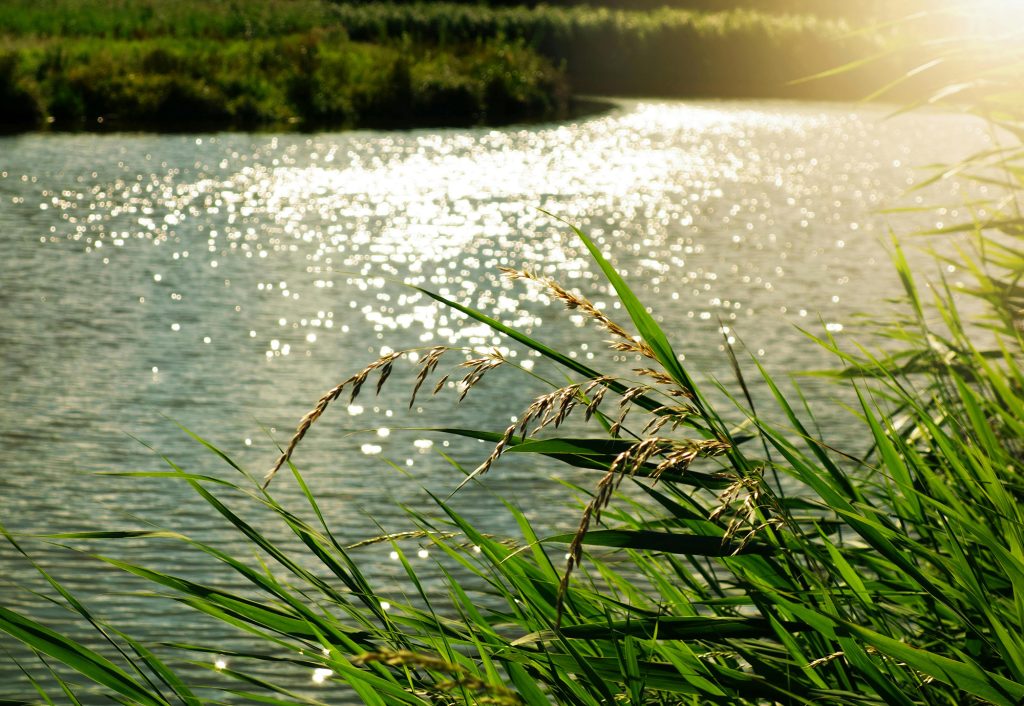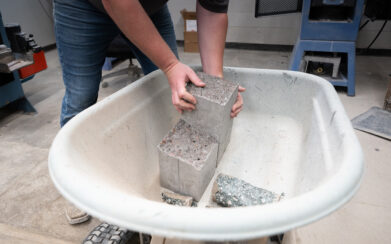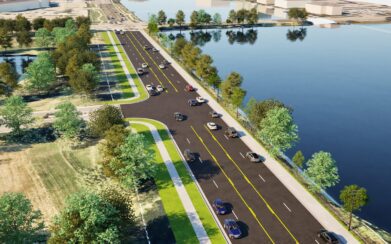Insights
A Guide to Understanding Your MS4 Permit
Clean rivers, lakes, and streams are vital to the health and well-being of communities and their economies. The fundamental necessity of clean waters led to the creation of the Clean Water Act (CWA) in 1972. The CWA functions to regulate the discharge of pollutants into the waters of the United States and establishes quality standards for surface water. The Environmental Protection Agency (EPA) enforces requirements under the CWA.
What is an MS4 permit?

Stormwater is an essential component of the Clean Water Act. Due to this, one of the responsibilities of the EPA is the enforcement of Municipal Separate Storm Sewer System (MS4) permits. Communities with an MS4 permit are required to implement a program that continually improves stormwater management. As these systems discharge untreated stormwater directly into local waterbodies, proactive management of an MS4 is crucial. Due to the untreated nature of these systems, the MS4 permit requires that communities comply with a variety of measures to mitigate pollutants from entering storm sewer systems and local waterbodies. These measures are implemented as Best Management Practices (BMPs). BMPs serve to reduce polluted runoff and improve overall community water quality.
What are the six components of an MS4 permit?
The MS4 permit is comprised of six components known as Minimum Control Measures (MCMs). MCMs are designed to help communities educate and involve the public, mitigate runoff from construction activities, and implement effective practices to improve and preserve local water systems. The six MCMs are:
- MCM 1: Public Education and Outreach
- MCM 2: Public Involvement and Participation
- MCM 3: Illicit Discharge Detection and Elimination
- MCM 4: Construction Site Stormwater Runoff Control
- MCM 5: Post-construction Stormwater Management in New Development and Redevelopment Projects
- MCM 6: Pollution Prevention and Good Housekeeping for Municipal Operations
Within each of the six MCMs, there are multiple BMPs that communities are able to select from. Each MCM requires the implementation of several BMPs to stay in compliance with the permit. The most common BMPs implemented by communities include maintaining a stormwater webpage, hosting clean-up events, providing stormwater education training for city staff, and adopting Stormwater BMP manuals.
How do Total Maximum Daily Load (TMDL) affect my MS4 permit?
Some communities have an additional requirement within their MS4 permit known as a Total Maximum Daily Load (TMDL). A TMDL is the maximum amount a pollutant is allowed to enter a waterbody so that the waterbody will meet, and continue to meet, water quality standards for that particular pollutant. A TMDL determines a pollutant reduction target and allocates load reductions necessary to the source(s) of the pollutant. The TMDL pollutants monitored in the MS4 permit include bacteria, sediment, and nutrients. TMDLs require additional BMPs to be completed per the Permit such as water quality monitoring, pet waste fliers, and pet waste stations. Communities that have a TMDL must perform water monitoring activities and submit their water quality monitoring reports as well.
At the beginning of each permit cycle, communities are required to develop a Stormwater Management Plan (SMP). The SMP includes every BMP the community plans to coordinate and implement throughout the upcoming cycle. Each community also submits an Annual Report at the end of every year, which details the status and effectiveness of all BMPs in the community (as stated in the SMP). Managing an MS4 permit requires an ample amount of organization, documentation, and dedicated personnel. While it is not an easy task to manage a Stormwater Program, it is well worth it to have clean water in your community.












